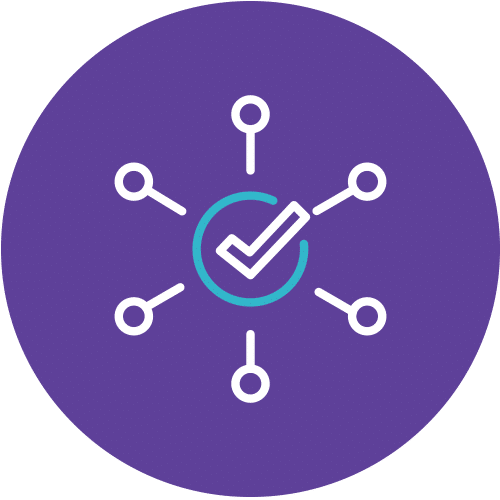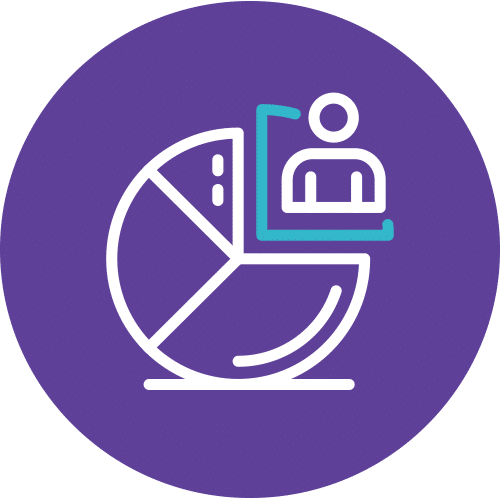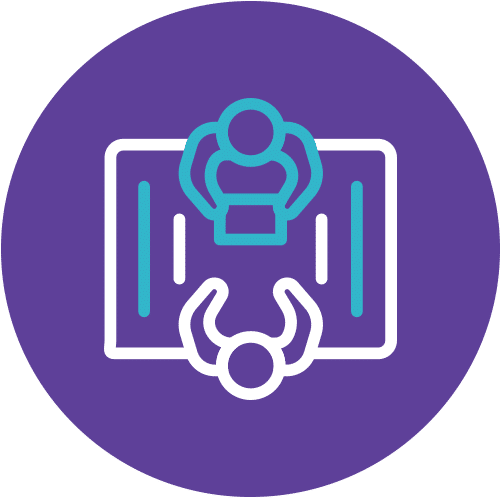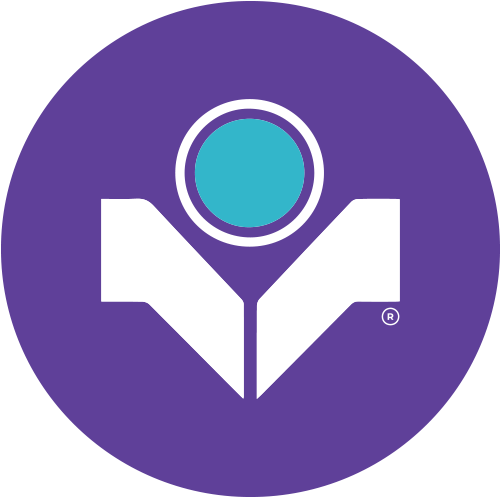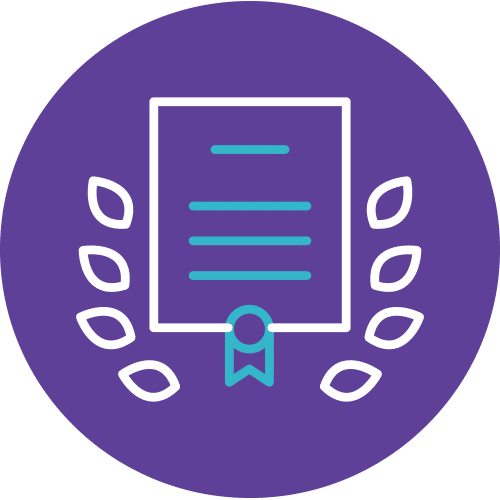Course Details
Course Code: CLB; Duration: 2 Days; Instructor-led
Large-scale Scrum (LeSS) is a framework for developing products with multiple teams to maximize the value. LeSS builds on top of the Scrum principles, such as empiricism, cross-functional, and self-managing teams, and provides a framework for applying them at scale. It provides simple structural rules and guidelines for adopting Scrum in large product development. The Certified LeSS Basics course covers the principles, framework rules, and guides for developing products with multiple agile teams. It provides essential information for adopting and improving Agile and Scrum in your product development group. The course contains an overview of Large-Scale Scrum, stories on successful adoptions, exercises, and extensive Q&A to ensure we discuss the topics most interesting to the participants.
The Certified LeSS Basics course is for anyone involved in a large-scale agile effort. Basic Scrum knowledge is expected and can be achieved by attending a Professional Scrum Master course or thoroughly reading Scrum introduction material such as the Scrum Primer and practicing Scrum.
Certification
All participants will receive a Certified LeSS Basics (CLB) certificate and an account on less.works.
Audience
The primary audience is developers, Squad Leads, Tribe Leads, Scrum Masters, Product Owners, Chapter Leads, Agile Coaches, and product development managers interested in expanding their knowledge on various agile scaling approaches. The main learning goal for participants is to gain more information on what LeSS is, what LeSS is not, the purpose of LeSS, and how it may be applicable in their working environment. Students will learn where to find more information about LeSS and what to do if one is interested in adopting LeSS in their company.
Prerequisites
no pre-requisites
Methodology
Our training is completely hands-on and deals with organizational challenges and implementation issues. Participants learn by doing, and the training facilitator focuses on individual and interaction rather than theory.
Course Objectives
A year (or more) after this course is over, we want and hope that participants will still be able to:
- Articulate why LeSS
- Explain how LeSS is a Scrum-based approach to scaling
- Summarize how this impacts the organizational design (structures, policies, etc.)
- Explain the dynamics of component teams vs. feature teams
- Explain all LeSS roles and their purposes
- Explain why there is one and only real PO and not so-called team POs
- Explain the LeSS Complete diagram, organizing LeSS information in terms of the principles, rules, guides, and experiments
- Explain how LeSS scales over ~8 teams
- Know the existence of and location of major learning resources.
Outlines
Module 1: Achieving Adaptiveness
LeSS is an organizational system for product development to maximize an organization’s adaptiveness. With adaptiveness, organizations can change direction at a relatively low cost, primarily based on discovery through frequent delivery to maximize value delivered to customers and end-users.
Module 2: Systems Approach
Many companies are keen to adopt the latest ‘agile’ process if it doesn’t result in much change. It must be safe. But typically, minimal change brings minimal benefit. LeSS framework takes a systems approach to organizations. An organization is at least the sum of the people, customers, structure, policies, processes, and practices, plus their interaction, so to achieve adaptiveness and cheap and easy change, these are all likely to be impacted, changed, and aligned. Only focusing on adopting a mere process framework and local team agility will not achieve systemic organizational adaptiveness.
Module 3: Simpler Structure
Some key barriers to adaptiveness are organizational complexity and too much single specialization. Organizations cannot simply “add agility” to their existing processes and roles to achieve adaptiveness. They have to rethink how the organization works more straightforwardly and flexibly. The More with LeSS principle recognizes that innumerable roles (especially over-specialized roles), complex processes, and over-abundant artifacts will lead to inflexible and slow organizations. It may happen even when organizations call themselves ‘agile.’ Some structure is needed, but myriad formal processes, roles, and artifacts are costly and anti-adaptive and, therefore, to be avoided.
Module 4: Cross-Functional Feature Team
Long-lived – the team stays together to ‘jell’ for higher performance; they take on new features over time. The team should be cross-functional and cross-component, as well as co-located. Work on a complete customer-centric feature across all components and disciplines, including analysis, programming, testing, and designing





